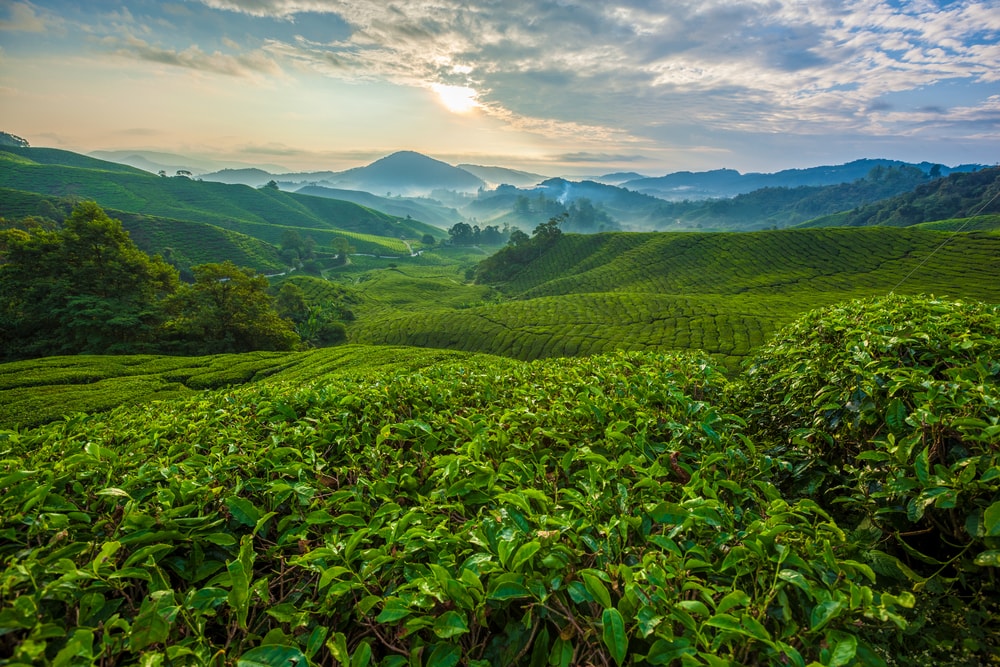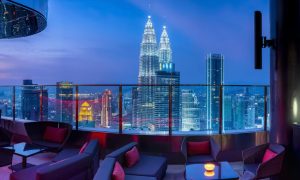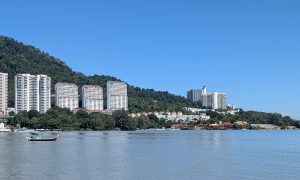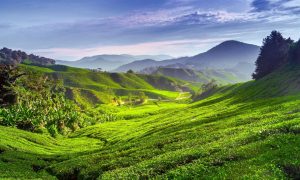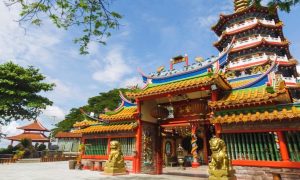Pahang is the largest state on Peninsular Malaysia and home to a variety of environments from the montane forests of the Titiwangsa Range to lush rainforests, plus beaches and islands. Malaysia’s largest national park, Taman Negara is situated on the state’s northern border with Terengganu and Kelantan and the South China Sea fronts Pahang’s coastline and it’s here tourists that can experience Malaysia’s cultural heartland.
Pahang is easily accessible from Kuala Lumpur as there’s a freeway all the way to Kuantan, the state capital. Alternatively, fly to Kuantan or catch the train from Gemas to Kota Bharu as a train passes through Pahang. The state also offers exciting theme parks, remote forest trails, Tioman Island, and peaceful hill stations.
Many travellers visit Malaysia specifically for its warm weather and year-round sunshine. While this is a bonus for most, the heat and humidity can take its toll over time, and this certainly adds to the appeal of Malaysia’s cooler mountains. In the days before air conditioning, the only respite from the heat and humidity was to visit mountainous hill stations where the altitude moderated the climate.
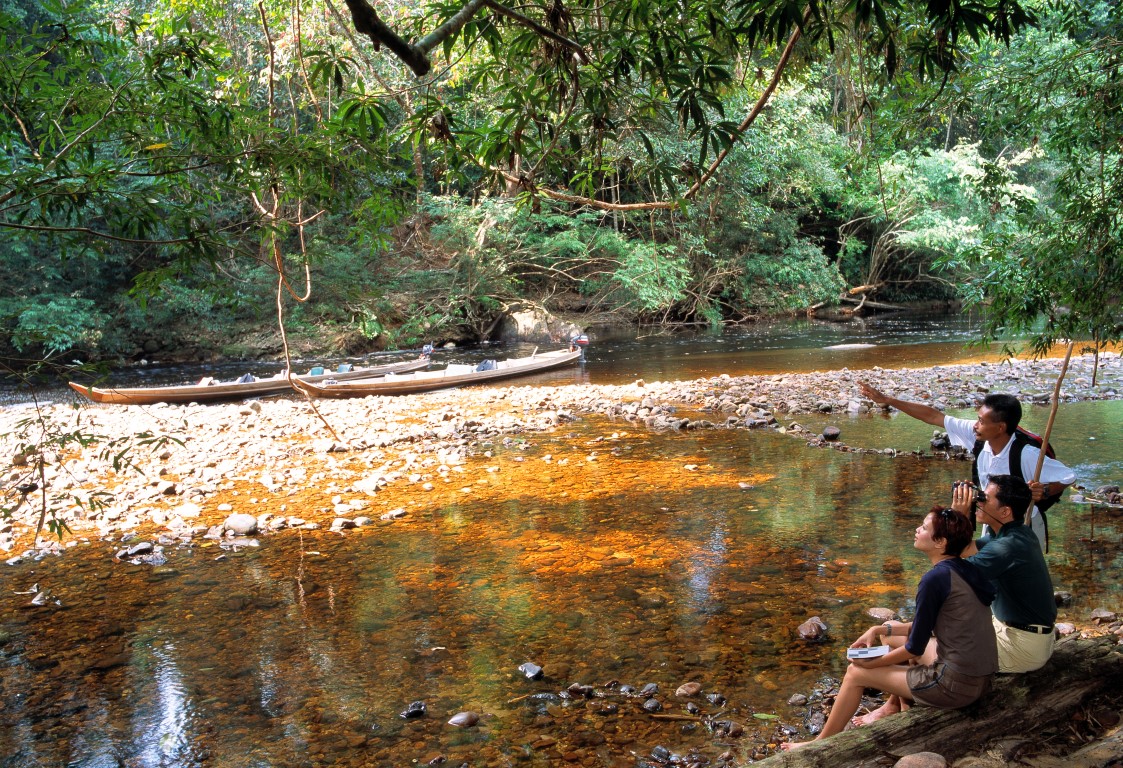
Malaysia’s coolest resorts are found in mountainous locations like the Cameron Highlands, Fraser’s Hill, Bukit Tinggi and Genting Highlands. Visitors to Fraser’s Hill and the Cameron Highlands could be forgiven for thinking (for a moment, at least) they were in England with their mock-Tudor bungalows, temperate gardens, fireplaces, and scones and cream served for morning and afternoon tea.
Several heritage hotels are synonymous with the highlands and have become as legendary as their location. These include the Old Smokehouse and The Lakehouse in the Cameron Highlands and the Old Smokehouse at Fraser’s Hill. The hill stations do in fact comprise half of Pahang’s must-visit places, and are always popular destinations, but there’s much more to the Peninsula’s biggest state. So without further ado, here are the places to put on your travel list:
1. Cool Cameron Highlands
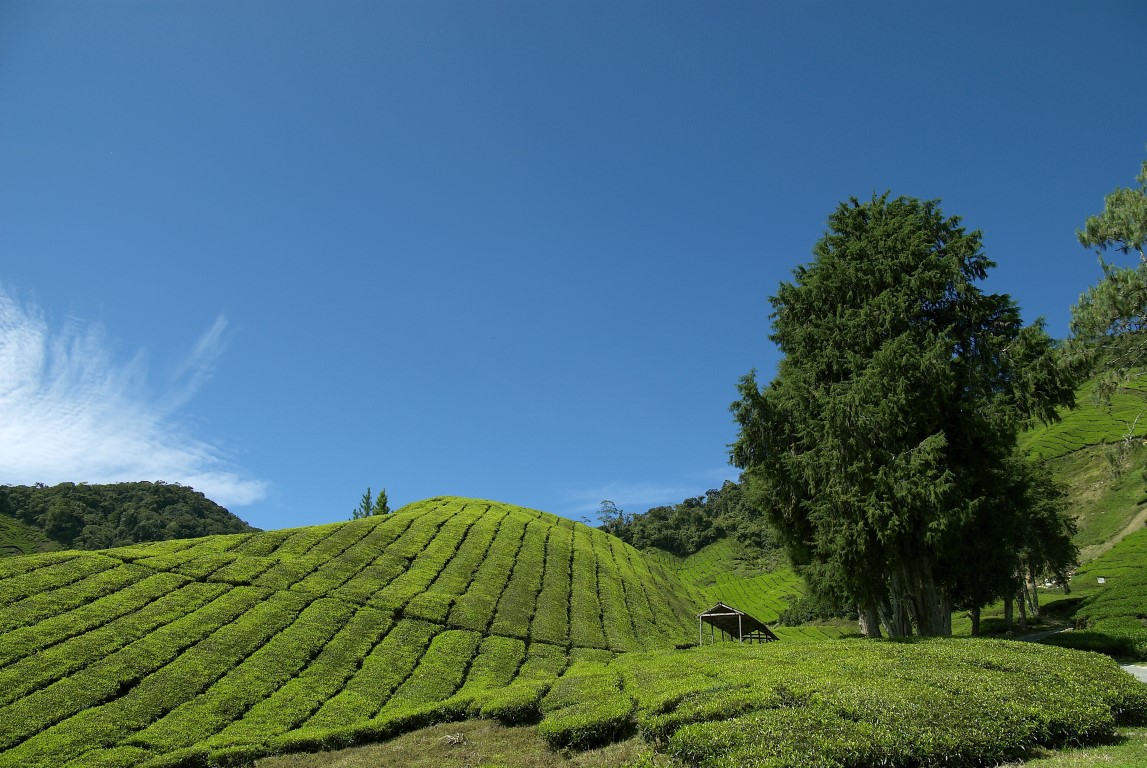
While the Cameron Highlands are a long way from the Cotswolds, there’s definitely an air of English refinement here. The highlands retain much of their colonial charm and offer an escape to a more peaceful and leisurely lifestyle. There are many good reasons to make the trip to these upland parts, but the main ones are that they’re close to Kuala Lumpur (roughly a three hours’ drive) and that the air is refreshingly cool.
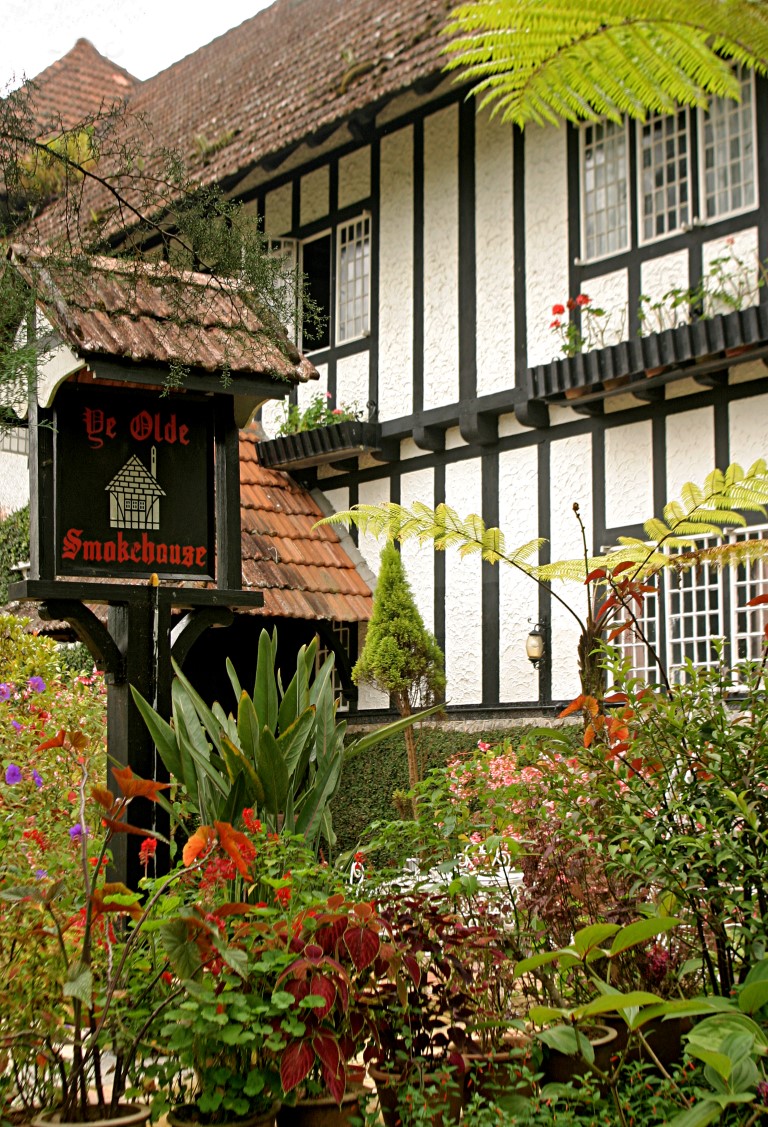
In 1885, a surveyor named William Cameron reached and described the highlands that would come to bear his name as a fine plateau with gentle slopes, shut in by lofty mountains. His account was the first official record of the ascent on the mountainous range, although it was of course well-known to the Orang Asli, or indigenous peoples of the area. Difficulties in accessing the area meant that it wasn’t until 1925 that a settlement was first proposed. Despite the steep slopes, indiscriminate land clearing still occurs despite the resultant problems of landslides, river siltation, and forest destruction.
The Cameron Highlands are located on a forested plateau that’s famous for tea production and temperate flowers plus cool-climate vegetables and fruits, especially strawberries, which appear liberally on restaurant menus in the area. It’s also possible to walk in comfort along roads and fern-lined trails which, as the famous silk trader Jim Thompson discovered, aren’t that well signposted. This means lots of physical activities such as hiking, golf on the 18-hole public course, tennis, cycling, and general sightseeing are all possible but a guide is recommended for most walks.
British-born and educated J. A. Russell established Boh Tea Plantation in 1929 and the estate still remains within the family. Today, the meticulously manicured plantation looks like the patterned skin of a snake and while tea cutters once plucked the leaves of the Camellia sinensis plants by hand, some are mechanically harvested these days, though hand harvesting is still seen on the Cameron Highlands tea plantation slopes. Visitors can enjoy a cuppa in Tea’ria teahouse overlooking Sungei Palas Plantation, just out of Brinchang.
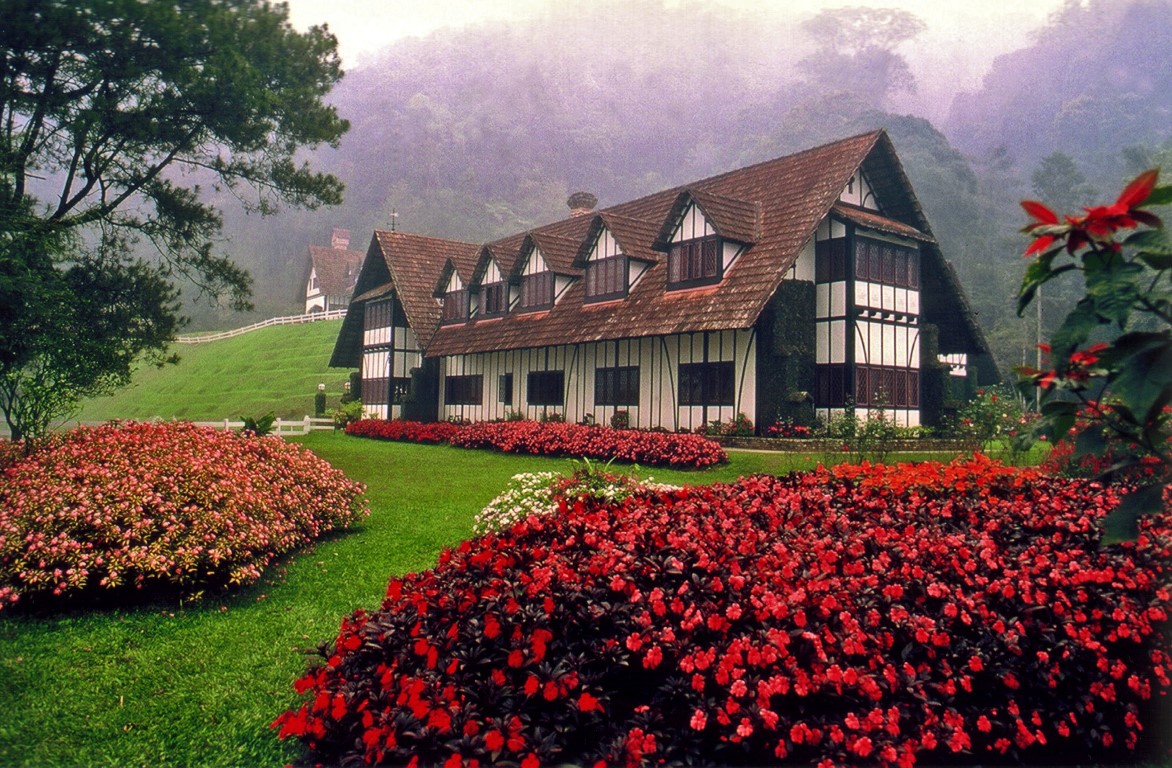
There are a few large hotels in the highlands with Strawberry Park Resort and the Copthorne Hotel being two of the largest. Several smaller properties set the trend for those seeking something more exclusive. The Lakehouse, Cameron Highlands Resort, and The Smokehouse Hotel are as English as they come and more traditional Colonial fare is served.
While the road from Tapah is winding, it’s a pleasant journey with some interesting attractions along the way. These include the Lata Iskandar Waterfall and several small communities where the Orang Asli people can be persuaded to demonstrate the use of blowpipes. A newer road from Simpang Pulai eliminates some of the bends but accessing this road requires driving almost to Ipoh before making the turnoff to the ascent.
2. Fraser’s Hill: A Sedate Retreat
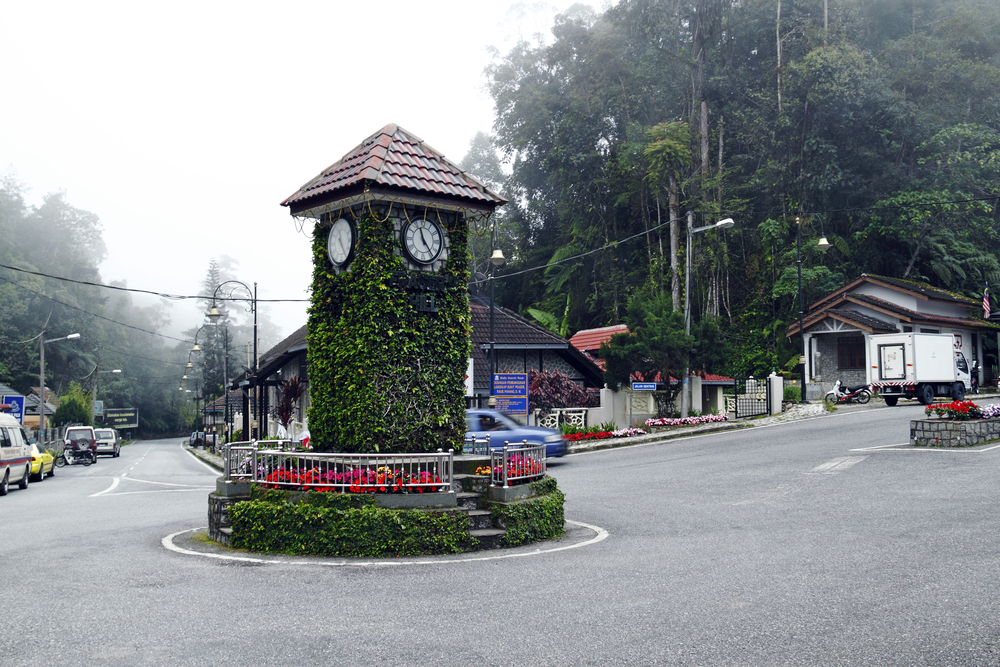
While similar to the Cameron Highlands, Fraser’s Hill is of a much smaller scale and is more sedate in nature. This highland retreat is closer to Kuala Lumpur (104km), but accessibility is via a similar circuitous road that snakes up the mountains. The last 8km of the road is so narrow that cars drive on it in one direction. In the past the traffic flowed in one direction only on alternate hours (while the other direction waited), but now a new road down means there are no more delays.
There is an Old Smokehouse here that offers homely accommodations in the mountaintop village, although there is a range of other places to stay, too. A public golf course with nine holes presents for keen golfers. Mountain walks, cycling tennis, birdwatching, and horse riding complete the range of recreational activities.
3. Resorts in the Clouds
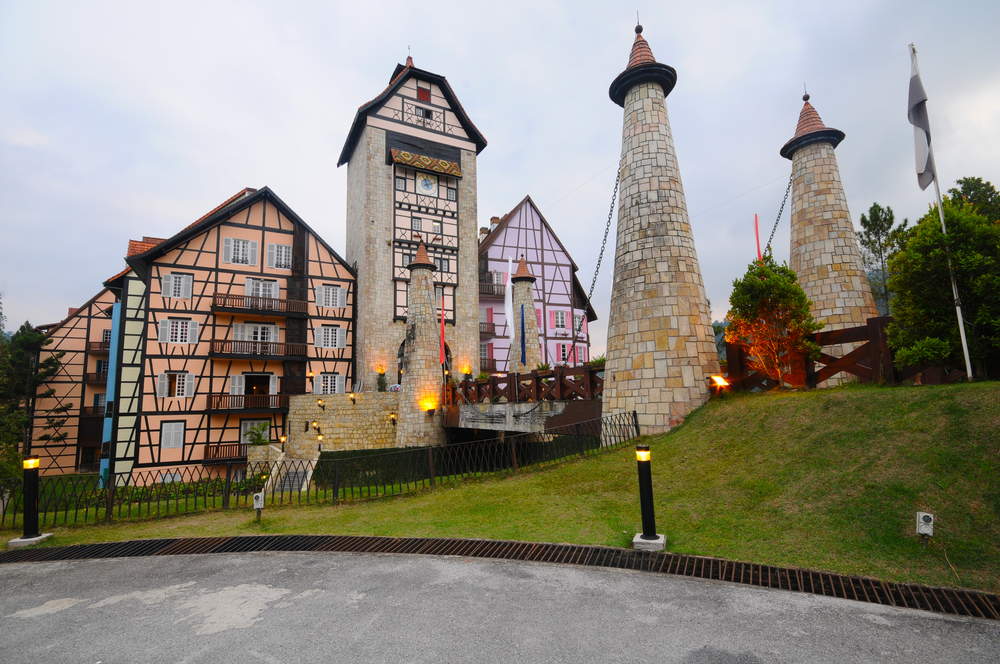
Further south along the Titiwangsa Range there is a highland resort that’s fully on the opposite end of sedate. The vast mountaintop Resorts World Genting Resort, frequently enshrouded in misty clouds, includes the world’s biggest accommodation complex located in various hotels. There’s an outdoor theme park, indoor theme park, Times Square shopping arcade, a myriad of dining options, indoor swimming pools, convention facilities, and also gaming tables for those who want to give their luck a try. Fox Studio will open soon and will inject new life into the mountains.
Berjaya Hills Resort at Bukit Tinggi is close by and includes the French-themed village of Colmar Tropicale, a Japanese Tea House and botanical gardens, golf course and various accommodation choices. The Chateau, an upmarket spa and wellness retreat with excellent onsite dining and one of Pahang’s very best high tea services, is sited adjacent to Colmar Tropicale.
4. Taman Negara: A Rainforest Refuge
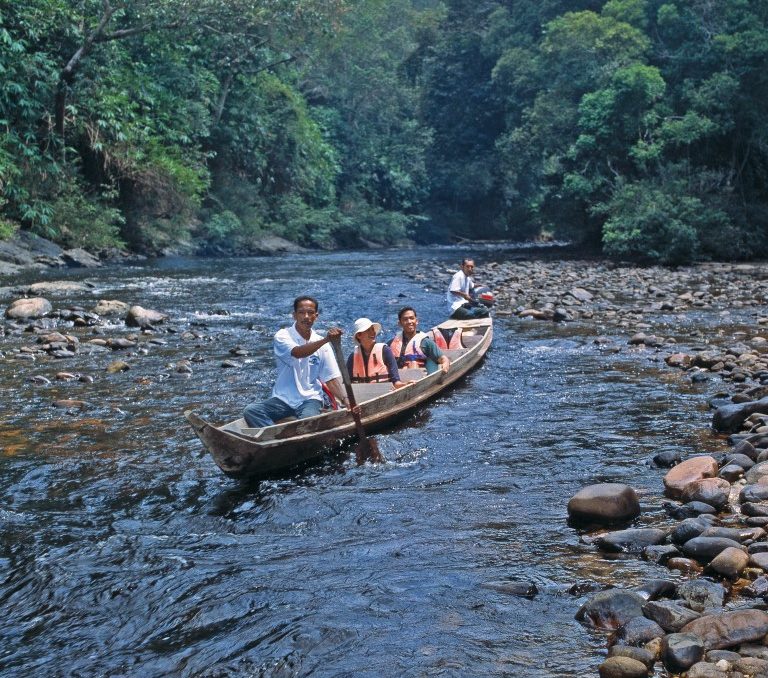
For many people, Malaysia conjures up images of vast expanses of tropical rainforest. While many forests offer a protected home for plants and animals, they’re also a destination for adventurous travellers to explore. There are several parks in Pahang worth visiting including Endau Rompin State Park, Kenong Rimba Park, and the largest of them all, Taman Negara (which translates simply enough to ‘National Park’).
Taman Negara is one of the world’s finest and oldest protected areas of lowland forest and while the park was established only in 1939, its forests are some 130 million years old. The park covers an area of 435,000ha, sprawling across portions of the states of Pahang, Terengganu, and Kelantan, making it Malaysia’s largest protected lowland evergreen rainforest.
Peninsular Malaysia’s highest peak, Mount Tahan at 2,187m, is located within the park and nine-day return walks to the summit and back provide plenty of backcountry adventure for experienced and self-sufficient walkers. Accessing the park’s more isolated destinations isn’t a problem as there’s a good river transport system and most trails to the main attractions are well-maintained and clearly signposted.
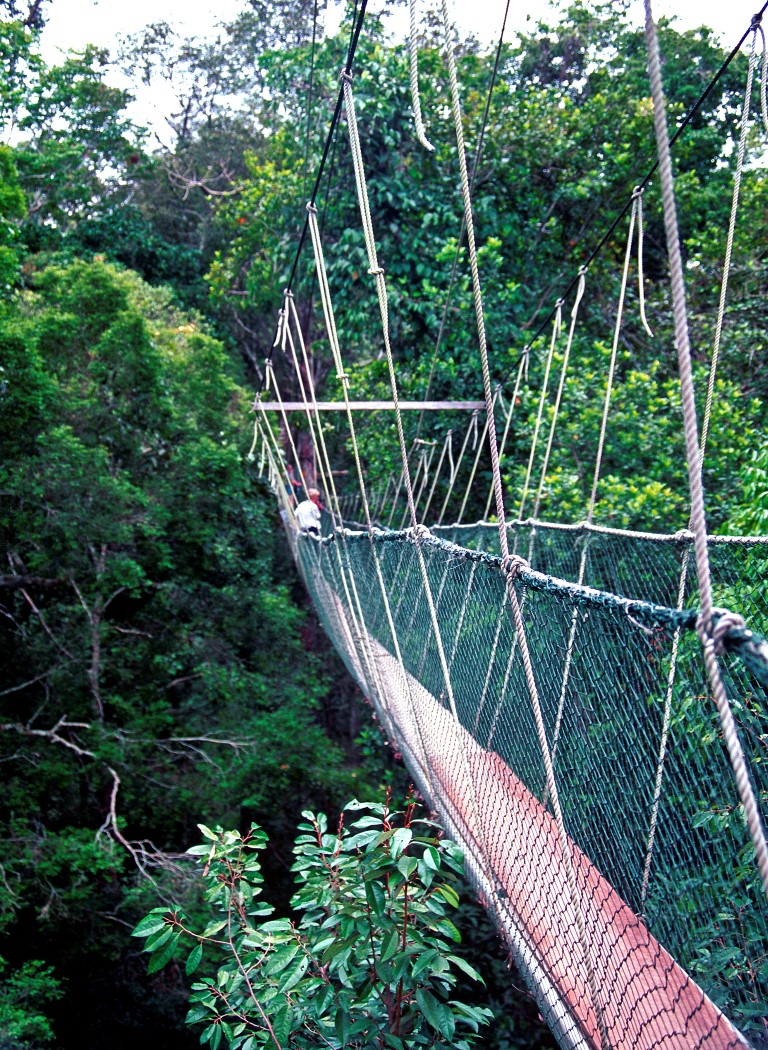
Taman Negara has an exciting range of activities to experience and attractions to see. The park is still home to its original inhabitants, the Orang Asli people, some of whom still lead a traditional semi-nomadic subsistence lifestyle of fishing and hunting.
Activities include caving, shooting rapids, floating down rivers on inflatable tubes, night walks, birdwatching, and guided walks. One of the essential activities is to walk on the world’s longest suspended canopy walk: a 450-m stroll that’s 40m above the forest floor. And if you’re keen to move from the land to the water, a boat journey along the tree-lined Tahan River is the most picturesque of all journeys through the park.
Kuala Tembeling, the departure point for Taman Negara, is a four hours’ drive from Kuala Lumpur. From here, the park is a two to three hours’ boat journey away depending upon the river level. There’s a range of places to stay available around the park from near-wilderness experiences to comfortable resort-styled facilities adjacent to the park headquarters.
Most visitors stay at Kuala Tahan, while others opt to stay in a nearby Malay village. The facilities at the Mutiara Taman Negara Resort perched above the junction of the Tembeling and Tahan Rivers are reasonable considering the isolated location. A trip to Taman Negara can be as relaxed or as energetic as visitors like, as different facilities cater to their varied needs.
5. Beaches and Islands of Pahang
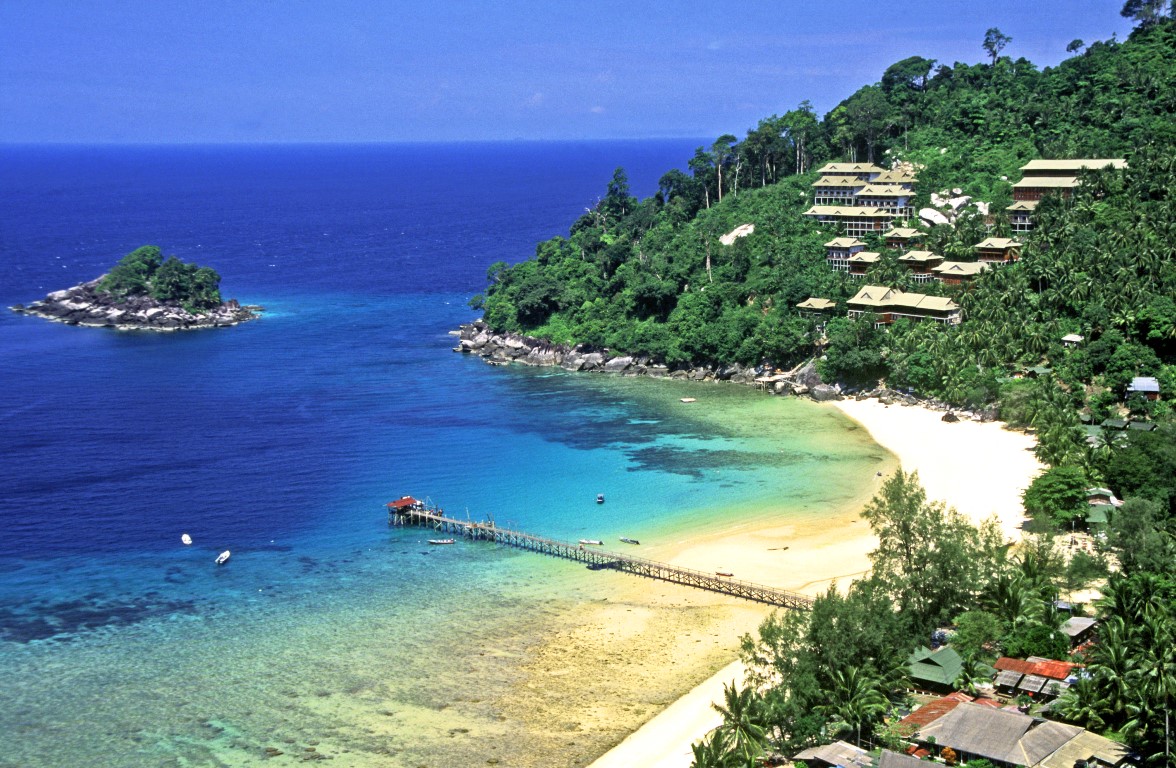
Several long beachfronts are located along the Pahang coastline. Offshore, Tioman is the largest island in the group called Serbuat Islands to the east of Kuantan. While there are a few small-scale resorts and other laid-back places to stay, the only large property is the Berjaya Tioman Resort. Despite Tioman’s beauty and its relative proximity to both Malaysia and Singapore, the island isn’t yet in the sights of international jetsetters, and life on Tioman moves at an unhurried pace.
One of the big attractions is that there are basically no roads or vehicles on the islands and visitors have the choice of walking short distances or catching boats to those places which are a little further away. There’s a jungle trail connecting the more remote east coast to the west. Lazing on the beach, a round of golf at the Berjaya Tioman Resort, or enjoying the excellent snorkelling and diving are about as rigorous as the activities get on the island.
6. Kuantan: Gateway to the East Coast
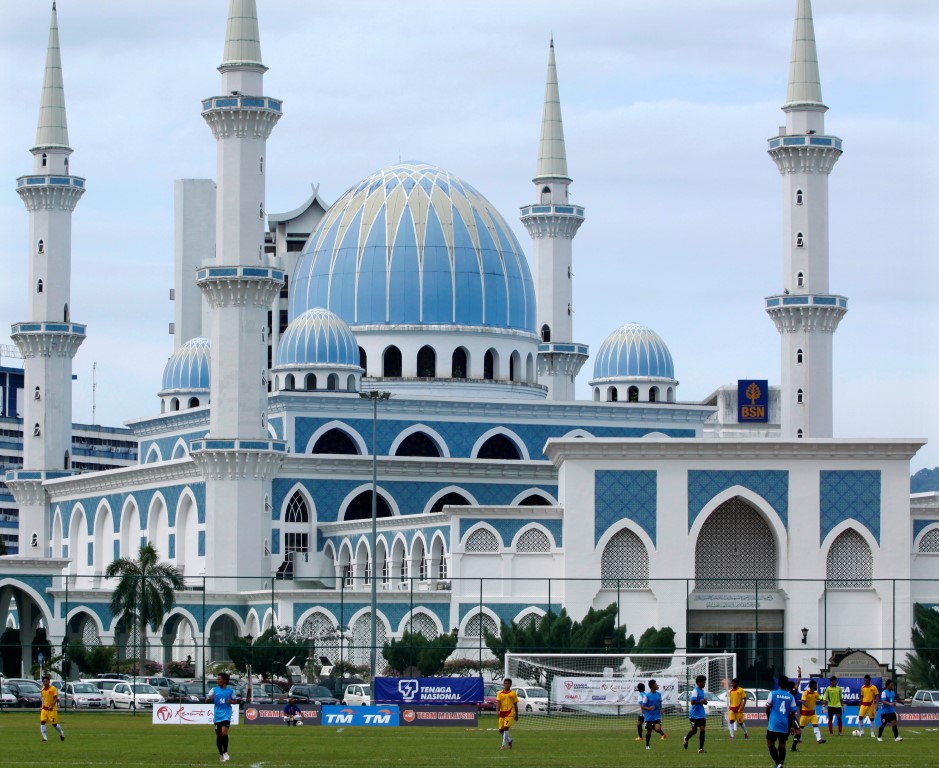
Kuantan is the first major town after leaving the tollway from Kuala Lumpur and rightly deserves the title as the Gateway to the East Coast. From here, visitors can head north to near-deserted beaches or south to Kuala Rompin and Mersing should they choose not to stay in Kuantan. While Kuantan admittedly isn’t brimming with sightseeing attractions, the Sultan Ahmad Shah Mosque (Masjid Negeri) is an impressive building. As a contrast, the city’s older buildings are located around the open field on Jalan Makhota.
The East Coast is best known for several laid-back towns, picturesque fishing villages, children flying kites, and traditional values. Cherating is one of the better-known ones and it has its own relaxed style, particularly in the quaint village of Cherating Lama (‘Old Cherating’). The golden-sand beaches are never crowded, and are pleasant for walking and relaxing. A sweeping bay of shallow water attracts visitors, but the winds also whip up the occasional good wave for dedicated surfers.
There are several hotels just south of Cherating village and include The Impiana and The Legend Resorts while just to the north, Asia’s first Club Med occupies absolute beachfront. Apart from driving to Kuantan, it’s possible to fly to Kuantan from KLIA, with Kuantan’s Airport about 20km west of the city.
This article was originally published in The Expat magazine (March 2017) which is available online or in print via a free subscription.


